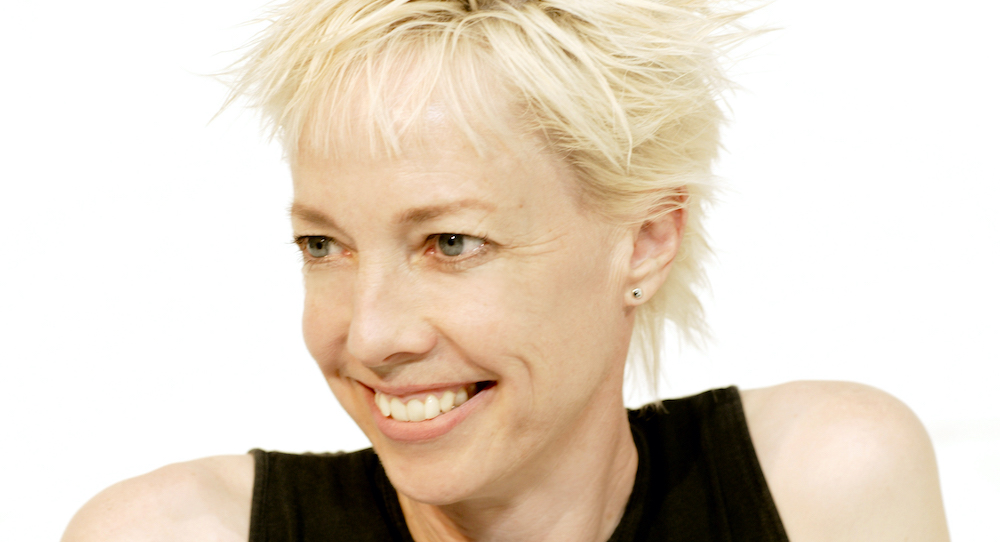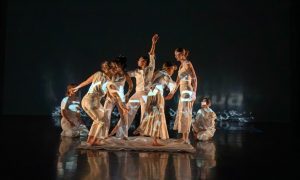Our days are when the incomparable magic of dance art happens. It’s also when we work ourselves to sheer exhaustion, stress about finances and wonder where it’s all going. It’s when we cross-train, rehearse and work on grants. In our new series, “A day in the life”, Dance Informa will take a closer look at particular accomplished dance artists’ days. The nature of the field can be that every day is different. On the other hand, there are patterns and common threads in the days of renowned dance artists. These patterns and threads can be instructive, illuminating and nothing short of inspiring.
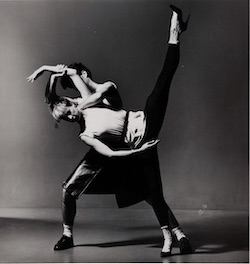
First up in the series is Karole Armitage, founder and artustic director of Armitage Gone! Dance. Armitage was dubbed “the punk ballerina” in the 1980s. This “punk ballerina” ethos is clear in how she lives her days as an artist; a traditional work ethic and structure meets a fierce independence and individuality (as much as she also collaborates and connects within the communities of which she is a part).
Another compelling duality is alive within her days. Simply put, she works hard — evident in her long, full days and the long list of works she’s made. Yet, she also works smart, knowing when she needs to shut certain stimuli out and schedule things a certain way for optimal efficiency. We hope that reading about her days piques your interest, sparks an idea for you, or even inspires you. Happy dancing, happy creating!
“I have adopted a lifestyle of pretending I am always just back from Europe and jetlagged,” Armitage shares. “That way, I naturally wake up by 5am or so. Without an early start, I cannot keep up with the workload.”
5:30am: Wake up.
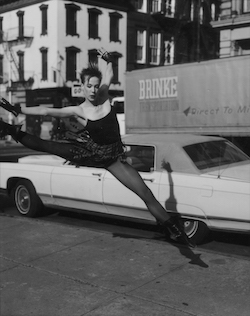
5:30-7am: The key is turning on the espresso machine so that I can enjoy great coffee, a habit I picked up living for many years in Italy, and make steel cut oatmeal, which takes 30 minutes to cook. (Why oatmeal? Because according to NYC doctors, I have high cholesterol, and real oatmeal helps. But with the same test results in Italy, Kansas, France or Colorado, the doctor says, ‘You are in perfect health.’ While things cook, I tend to emails that came in from different time zones.
7:15am: I get into the NY transit system before it is so miserably crowded it is scary. At 7:15am, it is only miserable. While on the train, I think about choreography and/or logistics for the current productions. Answer more emails.
8:30am: I arrive at our studio. Set up. Do Pilates, yoga, a bit of barre, often listening to New York Times Book Review Podcast. Get warmed up and into the zone; blinders are on and the outside world disappears.
9:30am: I try out phrases. I try out each person’s role. I videotape myself. I see what reads and what does not. I think and experiment and dream. I explore ideas. My body is my sketchpad.
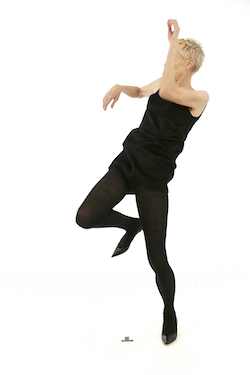
11am-12:30pm: Company Class taught by guest teacher. I continue to develop choreography or, if essential, attend to some business issues. A couple of times a week, I speak to administration to iron out the latest issues. But I try to avoid business thinking at all costs, as it is a totally different mindset.
12:30-3pm: Rehearsal begins. We usually plunge in right away to explore new material, as that is the most demanding activity, both mentally and physically. The dancers are full of audacity and imagination. Some of it is magic! At other times, it seems hopeless. The dancers never lose good cheer and always show great generosity in trying, changing, going for broke, pushing pushing, pushing. There is no ego. We all have lots of fun and laugh even when exhausted.
3-3:30pm: The dancers take a break while I answer more emails and/or think about what works and what does not work. Some dancers skype to speak to family members in other parts of the world.
4:30-6pm: More rehearsal of new work and repertoire as needed. At the end of the day, we videotape new material. Rehearsal ends at 6pm.
6-7pm: I study the video, think about it all, struggle. Worry. No matter how many dances one has created over a lifetime, it all feels completely new and unknowable and as if it was never as hard as it is this time. You have to accept a deep solitude in order to excavate the jewel of the idea that is there somewhere. It is not exactly fun, but then what else is there other than questioning who you are and how you are a part of a time place and culture with a history? When you crack the mystery and find the art, it is exhilarating!
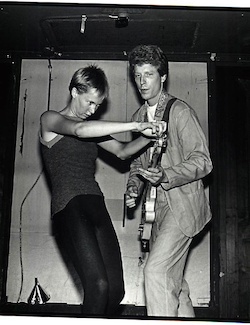
7pm: I take the subway home reading either The New York Times, New Yorker or a book.
8:30pm: Home. I love to cook. It is very relaxing. The tension dissolves. I write a letter or two for fundraising, I add prose to a grant, I contact collaborators to take next steps in design, phone people. I work on budgets. I check on e-blasts, social media, the trillion things that have to circulate to keep it all going.
10pm: I read in bed and eventually fall asleep.
“Weekends are dedicated to the details of business, production logistics and planning for the future,” Armitage reveals. “It never stops.”
For more information on Karole Armitage and Armitage Gone! Dance, visit www.armitagegonedance.org.
By Kathryn Boland of Dance Informa.


